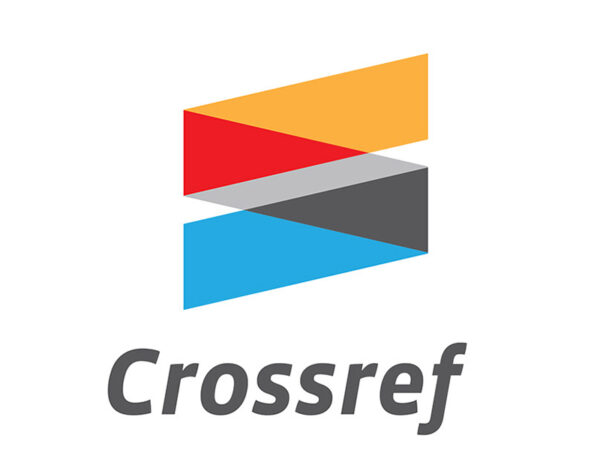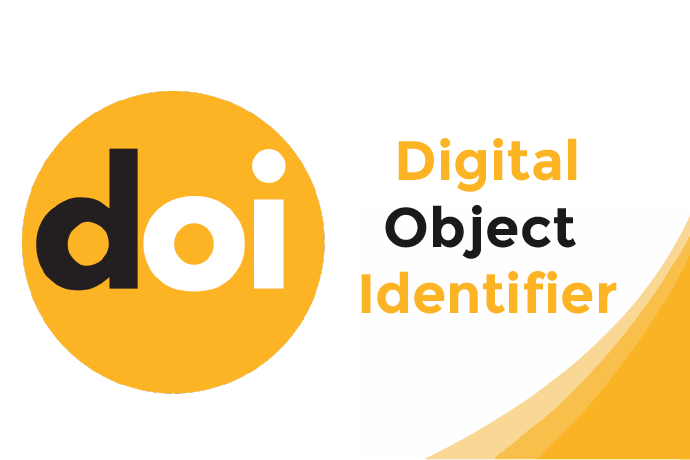Comparative Analysis between Flutter and React Native
Abstract
Today’s well know technology is mobile applications and mobile application development depends on demand skills after the invention of smartphones. The current mobile market shares are divided into two powerful technologies giant Android and iPhone. The Native Android mobile applications development Java-Kotlin are used, and on the other hand, for iPhone Apps are used Swift and Objective-C native IOS development. Those applications of Android and iPhone increased the development process and cost the development cost. Recently, cross-platform proved that developers quickly develop Android and iPhone applications with the same code known as a cross-platform mobile application, reducing company and customer effort and cost. In this research paper, the performance is compared between React Native Vs Flutter and efficiency, effectiveness, compatibility, community growth, documentation, Architecture, developer productivity, and Testing Automation Support CI/CD Support.
References
https://www.macworld.co.uk/feature/iphone/iphone-vs-android-market-share-3691861/
[2] Javatpoint, "React Native Introduction, retrieved from:"https://www.javatpoint.com/react-native-introduction
[3] Squad, (2019) "A brief Introduction to Flutter", Retrieved from: https://www.dreamsquadgroup.com/whats-flutter-brief-introduction/
[4] Wu, W. (2018). “React Native Vs Flutter”, Cross-platforms mobile application frameworks.
[5] “Geeks for Geeks”, Retrieved from: https://www.geeksforgeeks.org/reactjs-introduction-jsx/
Gethyl G. K. (2017), "How Virtual-DOM and diffing works in React", Retrieved from: https://medium.com/@gethylgeorge/how-virtual-dom-and-diffing-works-in-react-6fc805f9f84e
[6] Rohitha E. P. (2018), "Flutter: What All the Fuss Is About", Retrieved from: https://dzone.com/articles/flutter-what-all-the-fuss-is-about
[7] Japikse, P., Grossnicklaus, K., & Dewey, B. (2020). “Build the Web Application with ASP”. NET Core, Part 1. In Building Web Applications with. NET Core 2.1 and JavaScript (pp. 271-315). Apress, Berkeley, CA.
[8] Campit, S., & Chandrasekaran, S. (2020). “Inferring Metabolic Flux from Time-Course Metabolomics”. In Metabolic Flux Analysis in Eukaryotic Cells (pp. 299-313). Humana, New York, NY.
[9] “Who is using Flutter?”, Retrieved from: https://flutter.dev/showcase
[10] Wu, W. (2018). “React Native vs Flutter”, Cross-platforms mobile application frameworks.
[11] Sharma, Y., & Gupta, S. (2020). “A Study of Flutter and React Native for Mobile App Development”. Our Heritage, 68(27), 691-698.
[12] Kuzmin, N., Ignatiev, K., & Grafov, D. (2020). “Experience of Developing a Mobile Application Using Flutter”. In Information Science and Applications (pp. 571-575). Springer, Singapore.
[13] Nunkesser, R. (2020). “Konzeption und Umsetzung mobiler Applikationen: iOS, Android, Xamarin und Flutter”. BoD–Books on Demand.
[14] Ju, R., Zhou, X., Xu, B., Liang, W., Yang, W., Cao, Y., ... & Li, L. (2020, March). “DUES-Adapt: Exploring Distributed User Experience With Neural UI Adaptation”. In Proceedings of the 25th International Conference on Intelligent User Interfaces Companion (pp. 91-92).
[15] Höchst, J., Baumgärtner, L., Kuntke, F., Penning, A., Sterz, A., & Freisleben, B. (2020). “LoRa-based Device-to-Device Smartphone Communication for Crisis Scenarios”.
[16] Armagan, F. (2020). “Vergleich von nativer App-und Cross-Platform-Entwicklung (Facebook React Native und Google Flutter)”.
[17] Hamzah, N. A. B. A., Saad, M. R. B. A., Ismail, W. Z. B. W., Bhunaeswari, T., & Abd Rahman, N. Z. B. (2019). 7. “Development of A Prototype of An IoT Based Smart Home with Security System Flutter Mobile”. Journal of Engineering Technology and Applied Physics, 1(2), 34-41.
[18] Payne, R. (2019). “Developing in Flutter. In Beginning App Development with Flutter” (pp. 9-27). Apress, Berkeley, CA.
[19] Zammetti, F. (2019). “Flutter: A Gentle Introduction”. In Practical Flutter (pp. 1-36). Apress, Berkeley, CA.
[20] Fayzullaev, J. (2018). “Native-like cross-platform mobile development: Multi-os engine & kotlin native vs Flutter”.
[21] Profita, H., Farrow, N., & Correll, N. (2015, January). “Flutter: An exploration of an assistive garment using distributed sensing, computation and actuation”. In Proceedings of the Ninth International Conference on Tangible, Embedded, and Embodied Interaction (pp. 359-362).
[22] Kamaludin, A. B., & Dharmayanti, D. “APPLICATION MONITORING THE COURIER ON PETSHOP UTILIZING WEBSOCKET AND FLUTTER”.
[23] Laghari, A. A., He, H., Khan, A., Kumar, N., & Kharel, R. (2018). “Quality of experience framework for cloud computing (QoC)”. IEEE Access, 6, 64876-64890.
[24] Laghari, A. A., He, H., Shafiq, M., & Khan, A. (2017, May). “Impact of storage of mobile on quality of experience (QoE) at user level accessing cloud”. In 2017 IEEE 9th international conference on communication software and networks (ICCSN) (pp. 1402-1409). IEEE.
[25] Balapour, A., Nikkhah, H. R., & Sabherwal, R. (2020). “Mobile application security: Role of perceived privacy as the predictor of security perceptions”. International Journal of Information Management, 102063.
[26] Laghari, A. A., He, H., Shafiq, M., & Khan, A. (2019). “Application of quality of experience in networked services: Review, trend & perspectives”. Systemic Practice and Action Research, 32(5), 501-519.
[27] Shaikh, Z. A., Wagan, A. A., Laghari, A. A., Ali, K., Memon, M. A., & Sathio, A. A. (2019). “The Role of Software Configuration Management and Capability Maturity Model in System Quality”. IJCSNS, 19(11), 114.
[28] “Google Trends” Retrived from: https://trends.google.com/trends/explore?q=React%20Native,Flutter.







